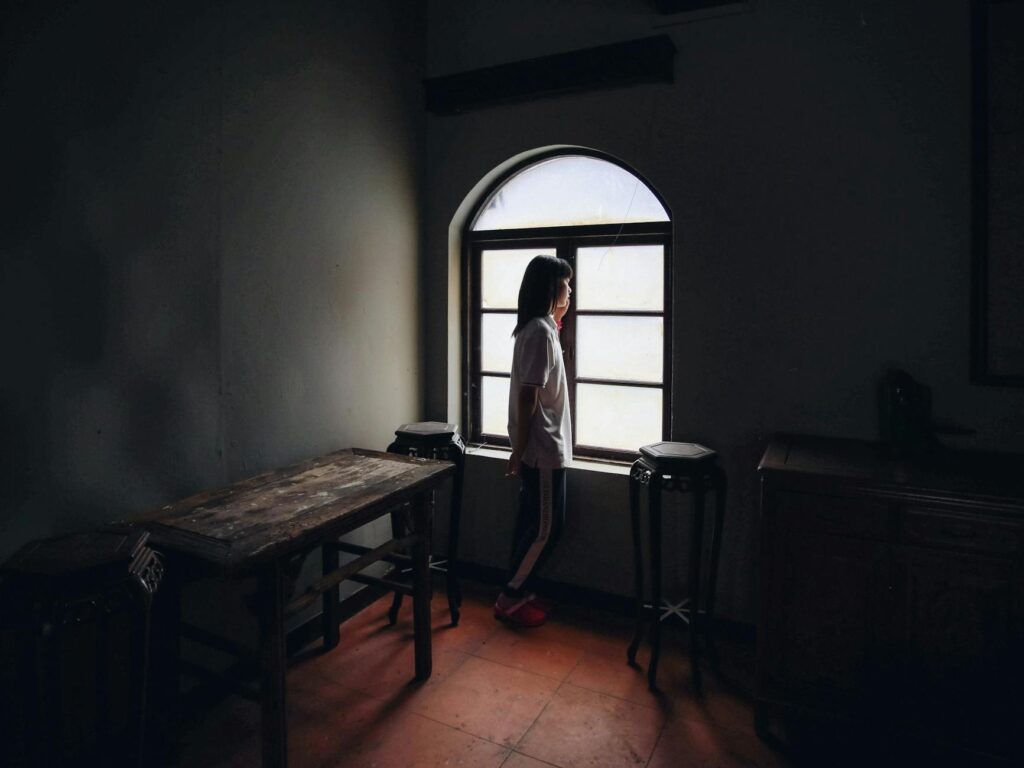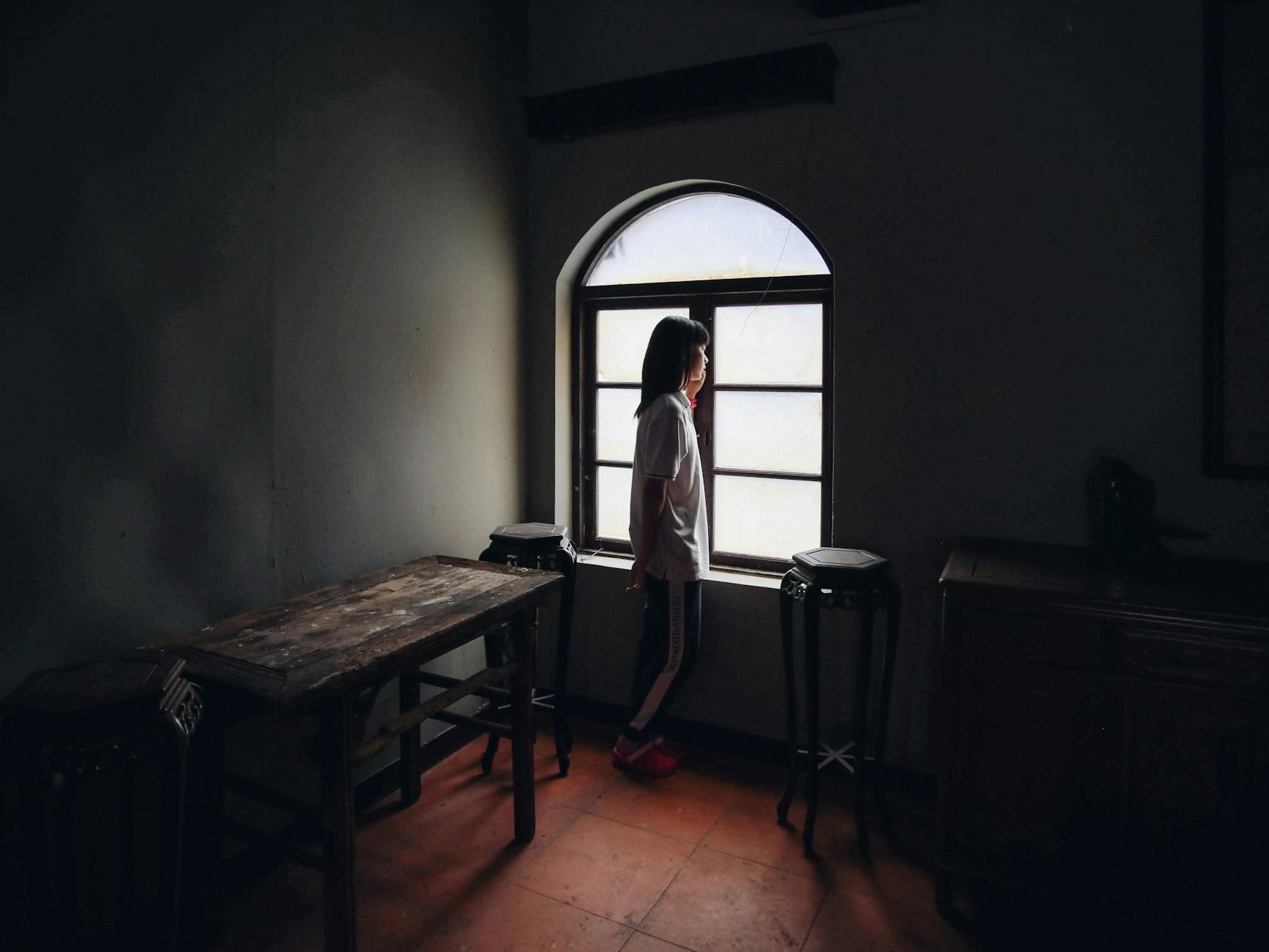We’ve all been there, staring at a dimly lit room, wondering why it just doesn’t feel quite right. We might automatically reach for a brighter bulb, assuming that more wattage is the answer. But what if the secret to perfectly lit room isn’t about brightness at all? It’s about understanding the interplay of light sources, color temperature, and how light interacts with your space. Let’s uncover the real secret.
Understanding Light Temperature
The color temperature of a light source is measured in Kelvin (K). Lower Kelvin values (2700K-3000K) produce warm, yellowish light, ideal for creating a cozy atmosphere. Higher Kelvin values (5000K-6500K) produce cool, bluish light, often preferred for task lighting. Choosing the right temperature depends on the room’s function and desired mood. 
Layering Your Light Sources
Forget relying on a single overhead light! A truly well-lit room uses a layered approach, combining ambient, task, and accent lighting. Ambient lighting provides overall illumination; task lighting focuses light on specific areas; and accent lighting highlights artwork or architectural details. Learn more about creating the perfect lighting layers.
The Importance of Natural Light
Maximize natural light! Open curtains and blinds during the day to flood your room with sunlight. Consider your window placement and use mirrors strategically to reflect and amplify natural light. This article offers great tips on maximizing natural light.
Choosing the Right Fixtures
The style and placement of your light fixtures are just as crucial as the bulbs themselves. Consider the size and shape of the room when selecting fixtures. A large chandelier might overwhelm a small space, while small wall sconces would get lost in a large room.  Explore different lighting fixture styles to find what suits you.
Explore different lighting fixture styles to find what suits you.
Color and Reflection
The colors of your walls and furniture significantly impact how light reflects and is absorbed. Darker colors absorb more light, making a room appear dimmer. Lighter colors reflect more light, making it feel brighter and more spacious. Consider painting your walls a lighter color to maximize light.
Understanding Light Direction
The direction of light greatly influences the mood and functionality of a space. Direct lighting can create harsh shadows, while diffused lighting is softer and more flattering. Experiment with different light sources and placements to find the most balanced approach. 
Dimmers: Your Secret Weapon
Dimmers are often overlooked, but they offer incredible control over your lighting scheme. They allow you to adjust the intensity of your lights to create the perfect ambiance for any occasion. Read more about choosing the right dimmer switch for your needs.
Beyond the Bulb: Considering the Whole Picture
Perfect lighting isn’t just about the wattage of your bulbs; it’s about a holistic approach. It’s about understanding how light interacts with your space, how you can use different types of light, and how to strategically place your fixtures to create a truly transformative effect. [IMAGE_4_HERE] Let’s discuss the best practices for home lighting design.
In conclusion, the secret to a perfectly lit room isn’t just about brightness; it’s about balance, layering, and understanding how different elements work together to create the desired ambiance. By thoughtfully considering light temperature, fixture placement, and the interaction of light with your space, you can transform your home into a beautifully illuminated haven.
Frequently Asked Questions
What is the best Kelvin rating for a living room? Generally, a warm white light (2700K-3000K) creates a cozy and inviting atmosphere in a living room.
How many light sources should I use in a room? Aim for at least three layers of lighting: ambient, task, and accent, using a combination of fixtures and light sources.
Can I use too much light? Yes! Overlighting can create harsh shadows and a less comfortable environment. It’s better to have a layered approach with dimmer switches to adjust the brightness as needed.
How important is the color of my walls? The color of your walls significantly impacts how light is reflected and absorbed. Lighter colors make a room feel brighter, while darker colors absorb light.
What are some affordable ways to improve my room lighting? Start by replacing your bulbs with energy-efficient LEDs and consider using dimmer switches to control brightness.





